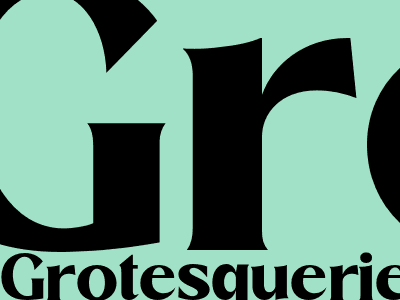
Grotesquerie Review: A Deep Dive into the Uncanny and the Monstrous
Introduction
In the realm of art and literature, the grotesque has long captivated and disturbed audiences with its unique blend of the uncanny and the monstrous. From the macabre paintings of Hieronymus Bosch to the twisted prose of Edgar Allan Poe, grotesque imagery has proven to be a potent force in shaping our collective imagination.
Historical Origins of the Grotesque
The term "grotesque" originates from the Italian word "grottesca," which referred to the decorative motifs found in ancient Roman ruins. These motifs, often depicting fantastical creatures and scenes, were unearthed during the Renaissance period and sparked a renewed fascination with the grotesque.
Influence on Art and Literature
During the Renaissance and Baroque periods, grotesque imagery flourished in art and literature. Artists such as Albrecht Dürer and Pieter Bruegel the Elder created unsettling and bizarre works that explored the darker aspects of human nature. Writers like William Shakespeare and Jonathan Swift incorporated grotesque elements into their plays and novels, creating characters and situations that challenged societal norms.
Defining Characteristics of the Grotesque
The grotesque is characterized by a combination of the following elements:
- Deformity and Excess: Grotesque figures often display exaggerated physical deformities, exaggerated features, or excessive ornamentation.
- The Uncanny: Grotesque imagery creates a sense of unease and uncertainty, blurring the boundaries between the familiar and the strange. li>The Monstrous: The grotesque often incorporates elements of monstrosity, evoking revulsion and fear.
Psychological and Cultural Interpretations
The grotesque has been the subject of extensive psychological and cultural analysis. Psychoanalysts have interpreted it as a manifestation of repressed fears and desires, while cultural theorists have explored its role in challenging social norms and exposing the hidden aspects of society.
Contemporary Manifestations of the Grotesque
In contemporary art and literature, the grotesque continues to be a relevant and provocative force. Artists such as Francis Bacon and Damien Hirst explore grotesque imagery to confront issues of mortality, suffering, and the absurdity of existence. Writers like Margaret Atwood and Chuck Palahniuk use grotesque elements to critique social inequality, consumerism, and the dark underbelly of human behavior.
Conclusion
The grotesque is a powerful and complex artistic and literary device that has captivated and disturbed audiences for centuries. Its ability to evoke feelings of unease, revulsion, and even fascination has made it an enduring and influential force in shaping our understanding of the human condition.